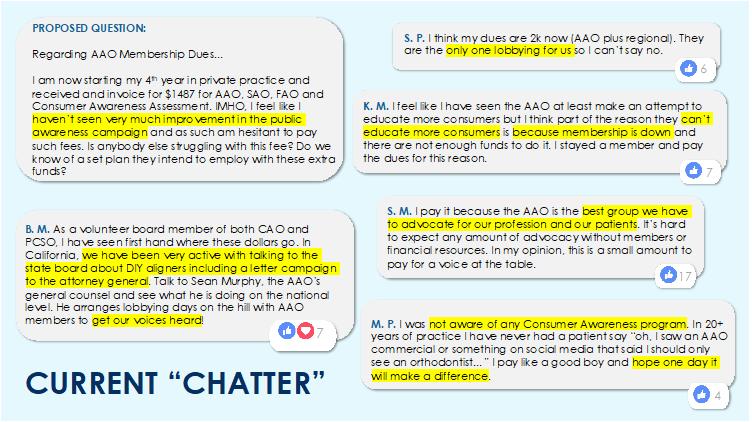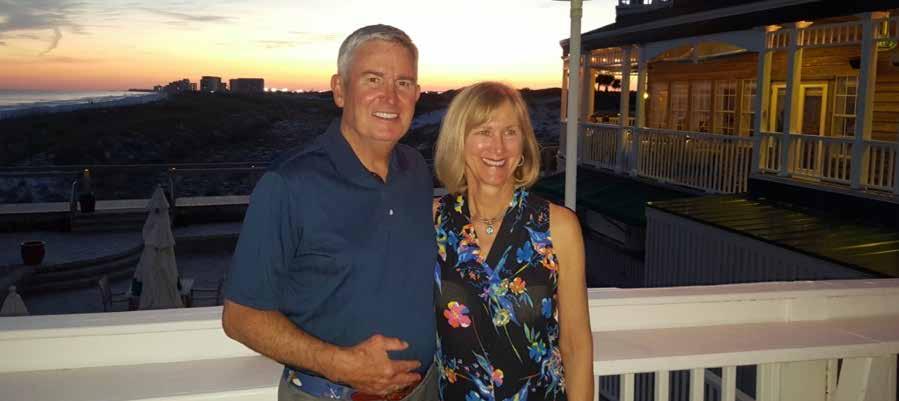Quarter 2
June 2020
The pretreatment/posttreatment superimpositions (Figure 9) exhibit inhibition of maxillary growth, in combination with mandibular growth. Favorable differential growth of the jaws did decrease the maxillary posterior anchorage requirements. Contrary to what the oral surgeon predicted, there was no net change in the position of the maxillary central incisors-other than slight intrusion. The treatment did not “compromise the airway”, as the mandible grew forward!
presented to illustrate one way and the rationale for this treatment approach. At the end of the day, we all want to achieve an esthetically pleasing and functional result, with the greatest chance for long-term stability. This plan was chosen because it also seemed to be the most predictable and time efficient, with a reasonable amount of patient compliance required and anticipated.
It is easy, unfortunate, and often misguided for a non-orthodontic specialist to say something to a patient or parent that has no basis in fact. This case highlights such an example. It has become popular to suggest that extraction of teeth will compromise the airway and necessarily cause sleep apnea. The 2019 AAO white paper on this topic provides a fair synopsis of the current state of our understanding. Many clinicians may have treated this patient differently. The case report is
Figure 9: Pretreatment/Posttreatment Superimpositions
Education During COVID-19 Education of young orthodontists has been drastically impacted by COVID-19. Two people who are totally immersed in orthodontic education, Eladio DeLeon and Eser Tüfekçi, have shared their thoughts and their perspectives with the SAO News
Navigating through the COVID-19 Crisis and its impact on the Educational Process Eladio DeLeon Jr.
Augusta University, The Dental College of Georgia Commissioner, Orthodontics Commission on Dental Accreditation universities. The interruption of the orthodontic educational process has been a major source of stress for all our students/ fellows/residents, as well as the program faculty who are all looking for guidance on how to deal with this crisis. Most, if not all programs, stopped their clinical activities in mid-March and there are still many more weeks or months before treatment of patients can resume. Despite the tremendous efforts of our faculty to keep residents academically engaged during this time, there is considerable anxiety on how the loss of clinical time will impact the program’s compliance with the accreditation standards, the resident’s education, and graduation date.
As I write this note, I am praying that our SAO colleagues, their families, and practice teams are all doing well. This coronavirus tragedy has become a generational-defining crisis that we will never forget. We, as a nation, have been asked to sacrifice and change our ways for the common good. The uncertainty of where this is heading is extremely concerning. The coronavirus pandemic has had far-reaching consequences and sadly, it has brought our country and the world to a halt as we attempt to contain the spread and avoid the loss of lives. With no exception, the pandemic has affected educational systems worldwide, leading to the widespread closures of schools and
13








